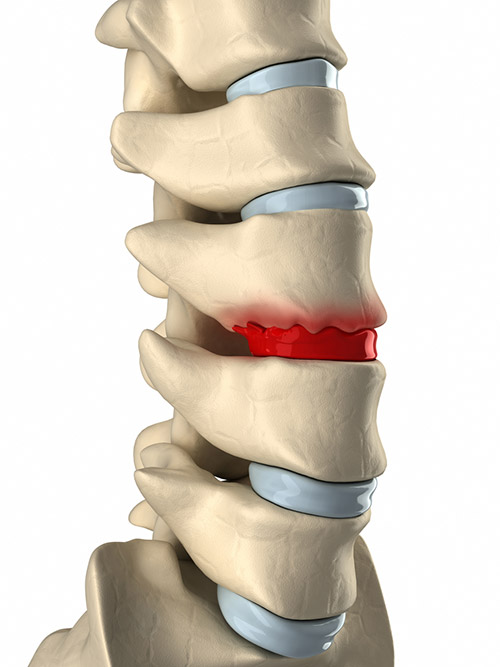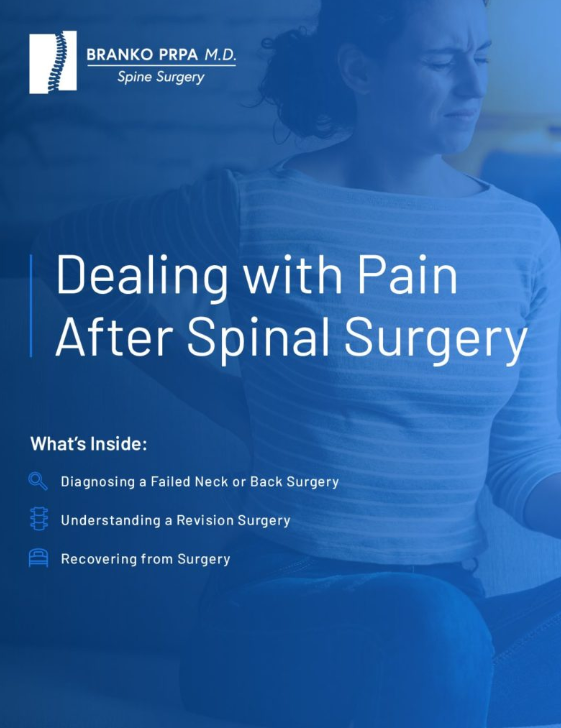Understanding Spinal Bone Spurs and the Benefits of Back Surgery

An osteophyte, or what’s more commonly known as a bone spur, is a common and oftentimes painful medical condition that’s characterized by the formation of a bony projection on the joints. While bone spurs can form on any joint, they are most common on the spine. Thankfully, there are several treatment options available, including back surgery.
Contrary to what some people may believe, bone spurs themselves don’t necessarily cause pain. Rather, they contribute to other conditions that can be a source of back pain. If a bone spur pushes against a nerve, for instance, it can produce pain, tingling sensations, and sensitivity. The good news is that you can typically eliminate the associated pain by having the bone spur surgically removed.
What Causes Spinal Bone Spurs?
Degenerative arthritis is one of the most common causes of bone spurs in the back. The human spinal column is a complex structure, consisting of 33 bones and numerous other ligaments and connective tissue. When the area where bone and cartilage meet becomes inflamed—through arthritis or other injuries/conditions—it may produce a bone spur.
Inflammation stimulates the body’s bone-producing cells, causing them to produce extra bone deposits in the affected area. This is why degenerating intervertebral discs are a common area in which bone spurs occur. When the joint becomes inflated, bone-producing cells work overtime, which leads to bone spurs.
Of course, age is another risk factor of spinal bone spurs. Our bodies go through countless changes as we age, including the degradation of tissue and protective cartilage. As our spinal column loses some of its natural support due to age, it can also increase the risk of a bone spur.
Bone spurs aren’t limited strictly to the spine, however. They can occur in other joints throughout the body, such as the bottom of the foot (known as heel spurs). These are often as painful, with many people unable to walk with them.
How are Spinal Bone Spurs Diagnosed?
There are several ways to detect and diagnose spinal bone spurs. X-rays are used extensively for this purpose, but alternative methods include ultrasound imaging, CT scans, MRI scans, and pyelograms.
Surgical Treatment for Spinal Bone Spurs
It’s important to note that not everyone who suffers from spinal bone spurs are suitable candidates for surgery. If you don’t experience pain, inflammation, or any other adverse symptoms, it’s probably best to avoid surgery. Furthermore, existing medical conditions like high blood pressure, heart disease, and diabetes may omit a patient from a candidacy.
Unfortunately, though, many people who suffer from spinal bone spurs experience pain and discomfort. Non-steroidal anti-inflammatory drugs (NSAID) may offer some pain relief, but it’s only a short-term solution that masks the problem rather than treating the underlying cause. The only permanent solution that actively treats the problem rather than masking its symptoms is surgery.
Surgery for spinal bone spurs, including laminectomy, is intended to relieve pain and associated symptoms by surgically removing the bone spurs. If you experience severe and/or chronic back pain caused by a bone spur, consult with a surgeon to learn more about the different treatment options.
Many patients report significant improvement in their pain levels after undergoing surgery. The surgeon will first take the necessary images to determine the bone spur’s exact location. Using this information, he or she will recommend a customized procedure to remove the bony projection.
Hopefully, this gives you a better understanding of spinal bone spurs and the surgical options to treat them. To learn more about surgical and non-surgical treatment options for bone spurs, contact us today.

